Team communication tools are not all created equal—check out our 3 faves and remember to choose the platform most closely tailored to your team’s unique needs.
In today’s networked world, you have more team communication tools at your disposal than ever before, allowing you to to remain in communication with your business team around the office, working from home, or even while checking on progress or important details outside of your working hours. However, normal text messages and emails can get lost in the clutter of spam and daily messages or lead to other distractions while checking your phone.
Luckily for you, new team communication tools focused on business and community networks are gaining speed. Communicating on these platforms helps you stay on top of updates and alerts while keeping your professional networks consolidated in one place.
3 Team Communication Tools to Check Out
Here are three of the most popular team communication tools for businesses right now, and the pros and cons of each.
Slack
Specifically oriented towards small and medium businesses, Slack has become the gold standard of team communication tools for many companies and teams around the world.
Features: Slack can host video and audio chat, complete with screen-sharing to help you discuss projects and problems and allows you to set up numerous chat channels for different purposes: you might have a “marketing” channel to communicate with your marketing experts, a “troubleshooting” channel for seeking help, and a “just for fun” channel to share news and casually chat with your team. Slack also comes with high quality security encryption and integrations to ensure that your business communiques stay secure.
Cost: You can get all of the basic features outlined above for free. Slack also features a Standard, Plus, and Enterprise plan, starting at $6.67. You need the Standard plan for group video chat (up to 15 teammates). One of the only downsides of Slack is its price tag, especially for growing businesses, as extra data security, Data Loss Prevention (DLP), and multiple workplaces for managing multiple teams/departments all require paid plans.
Discord
Popular with Internet communities, gamers, and streamers, Discord has also made its way into the business world. Like Slack, Discord is one of a few team communication tools that allows you to create many different channels and servers to manage communications on different topics among different teams.
Features: Discord shares many of the same features as Slack, but with a few subtle differences. Discord is in a league of its own among team communication tools with dedicated channels for voice chatting, which your team can join and exit at any time. This makes it easy to just jump into a voice channel for a quick conversation when troubleshooting or going over details, without needing to schedule a call on a different device. Discord also allows for video calls and screen sharing, though this must be done in the voice chats channels. When it comes to security, Discord is also very strong, but it isn’t quite as robust or transparent as Slack.
Cost: Almost everything in Discord is free. However, Discord does have an “enhanced” version called Nitro, which can be purchased for $9.99/month or $99.99/year. Most of Nitro’s features are cosmetic, which means it’s not a necessity for most businesses, but it does offer some practical features including an increased 100MB upload limit for file sharing and HD video for screen-sharing and video chat.
Telegram
Compared to Slack and Discord, Telegram might appear a little bit simpler and more traditional—it looks a lot more like direct-messaging apps like Facebook Messenger or WhatsApp. However, Telegram has become a popular tool for businesses because it offers internal and external communication capabilities, allowing you to update your team and reach out to customers and leads from the same platform.
Features: Telegram is a cloud-based platform, which allows you to view chats from different devices simultaneously and without delay, which other DM apps like WhatsApp don’t allow. This platform is also known for its unidirectional messages, allowing an administrator to create a messaging channel where only they can send messages—this broadcasting system can be used for red-alerts or company updates without cluttering the channel. You can also use unidirectional messaging as a newsletter, letting clients register via link to receive Telegram updates from your marketing team.
Price: One of the main selling points of Telegram, setting it apart from other team communication tools, is that it’s completely free! Even if you want to use another platform like Discord or Slack for group channels, Telegram can still make an excellent direct-messaging app for communications with colleagues, separate from your text messages or Messenger app.
Telegram and Discord both offer a fine selection of essential communication tools for your business at no cost to you, while Slack offers more advanced features for large teams and better security at a higher price.



